In the US, more teens than previously thought are transgender or identify themselves as non-gender conforming, a 2016 survey found. The study surveyed teens in two grades, but the rates of identifying as transgender turned out to be higher (0.7%) than government data previously estimated (0.6%). With that in mind, we clearly see that teens are rejecting binary thinking and adults have to keep up.
Unfortunately, real-life examples show that not everyone seems to be on the same page yet. “The first time our child said he felt like a boy, he was 8,” wrote the dad on the “Am I An A-hole?” subreddit, where he shared an incident from his family.
It turns out, mom refused to accept her son’s transition, doing everything she could not to let go of that girl her son was born as. Luckily, the dad stood up for their son and told the wife to “get over herself” and support him. His post amassed 4.2K upvotes and counting, and 351 comments from people sharing their views on this sensitive family case.
One concerned dad is trying to find out whether telling his wife to get over herself and be supportive of their trans son was the right thing to do
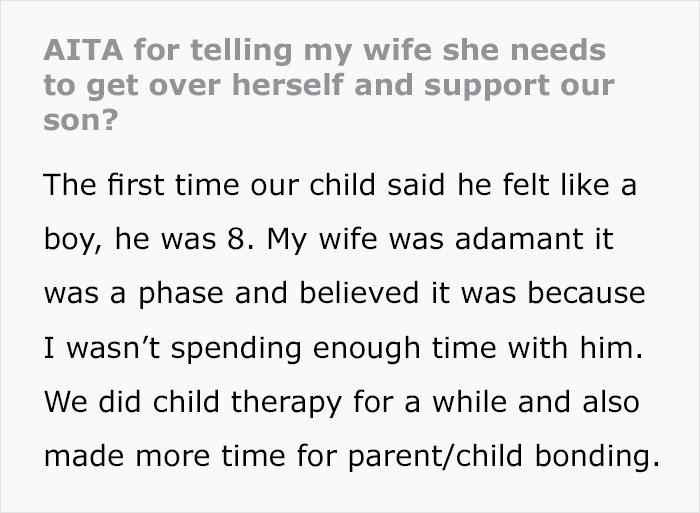
Image credits: Throw_away4679
Identifying your gender, realizing your sexuality, and coming out are the most mentally and physically challenging experiences a human has to go through. Especially if it happens at one’s most vulnerable time, during the childhood and teenage years when everyone is already struggling with finding their true selves in this relentless world.
Bored Panda reached out to Rob Todaro, the communications manager at The Trevor Project, the world’s largest suicide prevention and crisis intervention organization for lesbian, gay, bisexual, transgender, queer and questioning young people. Rob said that the recent 2020 Trevor Project National Survey on LGBTQ Youth Mental Health showed that LGBTQ kids are going through extremely serious challenges.
“6 out of 10 LGBTQ youth said that someone attempted to convince them to change their sexual orientation or gender identity. And those who had experienced attempts to change their sexual orientation or gender identity reported twice the rate of suicide attempts as those who did not experience change attempts.”
He also said that the survey showed that 1 in 3 LGBTQ youth reported that they’ve been physically threatened or harmed in their life due to their LGBTQ identity. 29% of LGBTQ youth, due to their identity, have even experienced homelessness, been kicked out, or run away.
Support from friends and family plays a key role in mental wellbeing of LGBT youth
Rob explained that affirming LGBTQ youth in their identities is essential to their mental health and wellness. This especially has to do with support from family and friends. “The LGBTQ youth who reported high levels of social support from family and friends were significantly less likely to attempt suicide compared to those with lower levels of social support.”
Incredibly, “transgender and nonbinary youth who said that their pronouns are respected by all or most of the people in their lives attempted suicide at half the rate of those who did not have their pronouns respected,” Rob explained, highlighting the healing power transgender acceptance can bring.
And at least a single accepting adult can make a whole world of difference. “We’ve also found that just one accepting adult can reduce the risk of a suicide attempt among LGBTQ young people by 40 percent,” Rob concluded.
And this is what people had to say about it
Showing support for LGBTQ youth is crucial and makes a huge impact on a person in a mental crisis. Please see The Trevor Lifeline for youth in need of immediate support, which can be life-saving.
Claiming a mother naturally has a deeper bonding is just toxic towards men. And especially if she had, she should be the one supporting. She is neither "loosing" nor "gaining" someone, but she has and will keep a child. If she loses one then due to heir insensitivity. And what "is she going through"? Frankly, her child has been "going through" something for 18 years. Now would be the time for unconditional love!
You'd think the "deeper bond" would allow her to be less judgemental and really be supportive of her child.
Load More Replies...I absolutely agree that the man is NTA, that his son needs love and support from both parents. His wife is absolutely going through this all the wrong way, BUT, she needs to be getting some form of therapy and expecting her to "get over it" is unrealistic at best. She is still going through the grieving process which takes people different times and is entirely unique to the individual. Its not simply the case that she's had a decade to get used to the idea - she hasn't finished processing it, you dont get to put a time limit on this. She needs to support her son and get some therapy, but dont expect her to just get over it just because you have.
Her son does get to put a time limit on her actually trying to start accepting him though. She's gone years stubbornly refusing to acknowledge what he was telling her. She's entitled to all the time in the world to try and get through it whichever way she can, but if her son wants to put a time limit on the starting point of that process he most definitely can.
Load More Replies...When my kid came out as non-binary and pansexual, I didn't freak out because I knew they were their own person, not am extension of me, or my property. Also, I love my kid.
Thank you for being such a caring and accepting parent. Your kiddo is lucky to have you! I deeply wish more parents were this supportive.
Load More Replies...Claiming a mother naturally has a deeper bonding is just toxic towards men. And especially if she had, she should be the one supporting. She is neither "loosing" nor "gaining" someone, but she has and will keep a child. If she loses one then due to heir insensitivity. And what "is she going through"? Frankly, her child has been "going through" something for 18 years. Now would be the time for unconditional love!
You'd think the "deeper bond" would allow her to be less judgemental and really be supportive of her child.
Load More Replies...I absolutely agree that the man is NTA, that his son needs love and support from both parents. His wife is absolutely going through this all the wrong way, BUT, she needs to be getting some form of therapy and expecting her to "get over it" is unrealistic at best. She is still going through the grieving process which takes people different times and is entirely unique to the individual. Its not simply the case that she's had a decade to get used to the idea - she hasn't finished processing it, you dont get to put a time limit on this. She needs to support her son and get some therapy, but dont expect her to just get over it just because you have.
Her son does get to put a time limit on her actually trying to start accepting him though. She's gone years stubbornly refusing to acknowledge what he was telling her. She's entitled to all the time in the world to try and get through it whichever way she can, but if her son wants to put a time limit on the starting point of that process he most definitely can.
Load More Replies...When my kid came out as non-binary and pansexual, I didn't freak out because I knew they were their own person, not am extension of me, or my property. Also, I love my kid.
Thank you for being such a caring and accepting parent. Your kiddo is lucky to have you! I deeply wish more parents were this supportive.
Load More Replies...
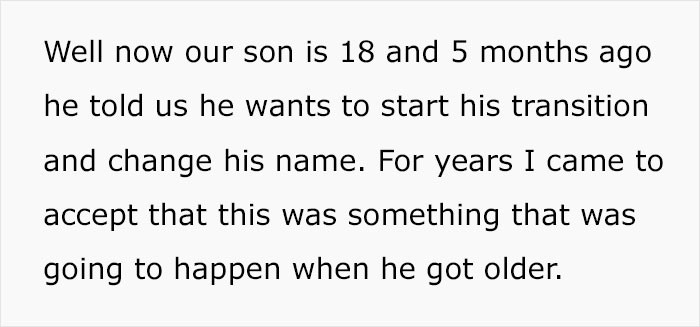
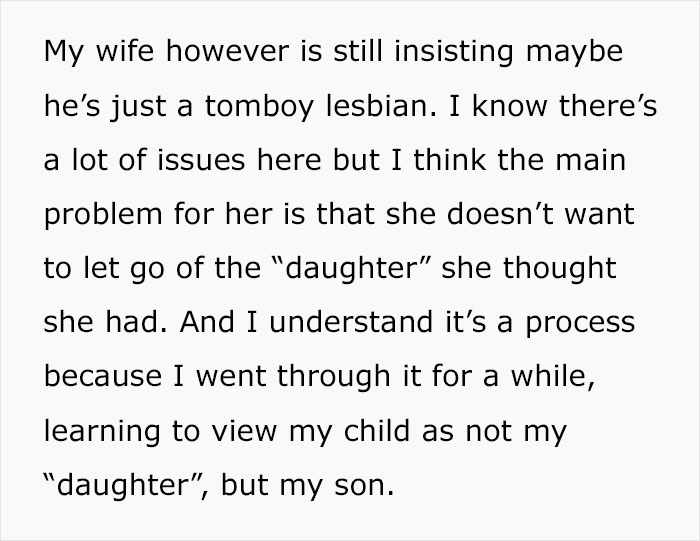
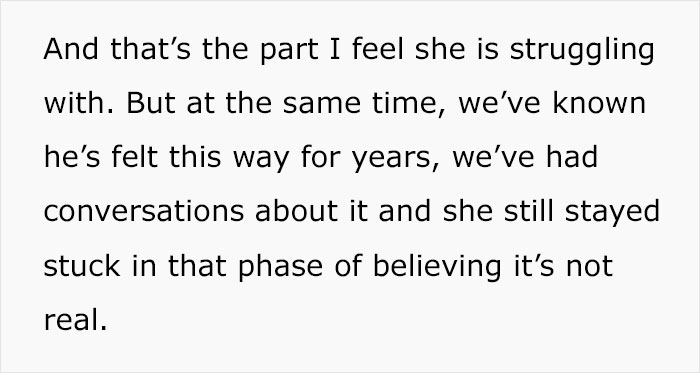
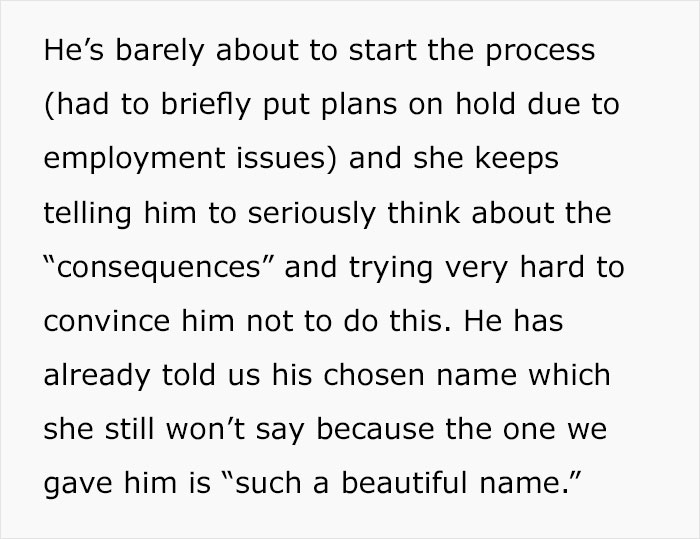
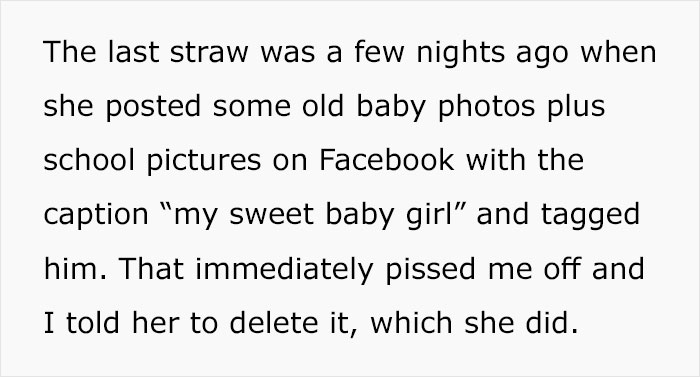

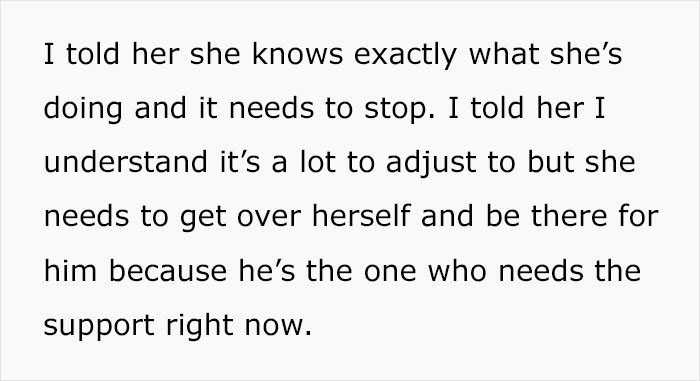
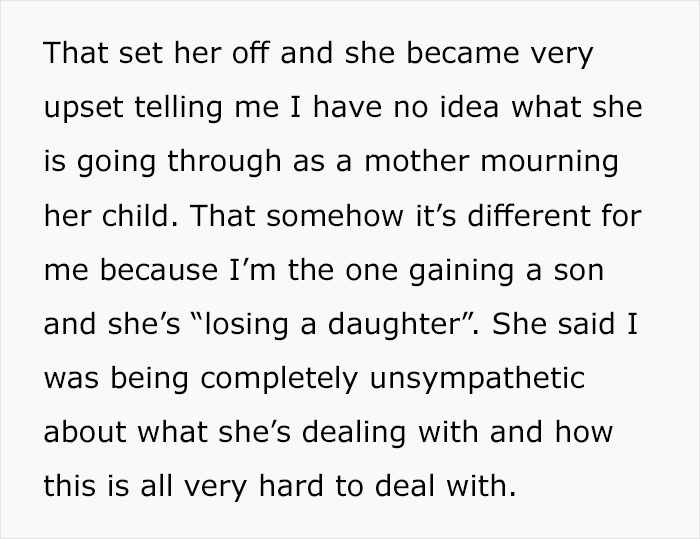

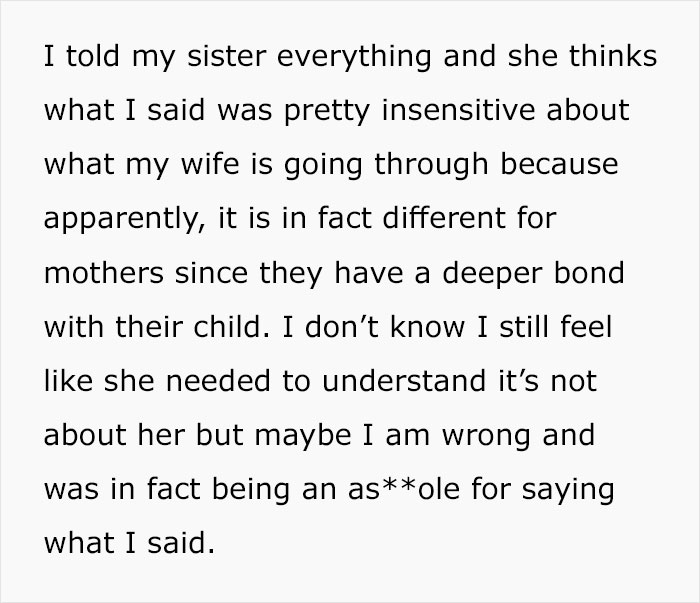






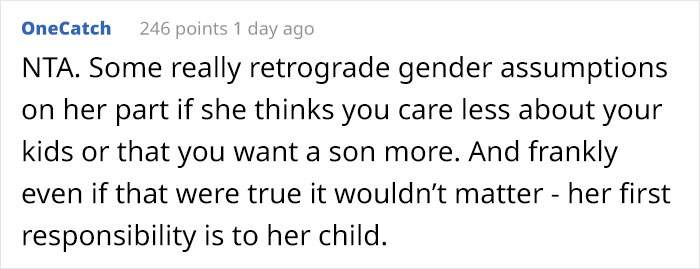

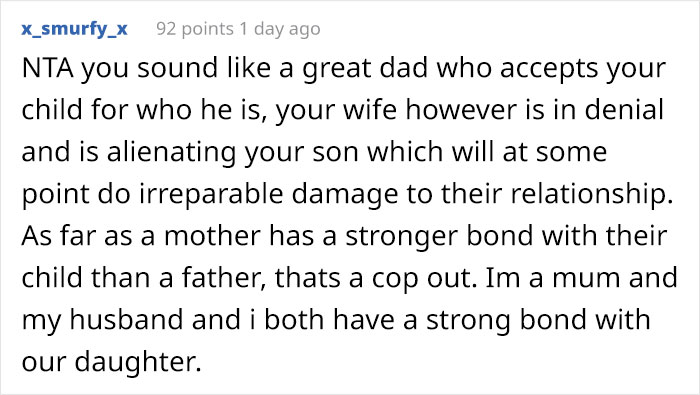




223
136